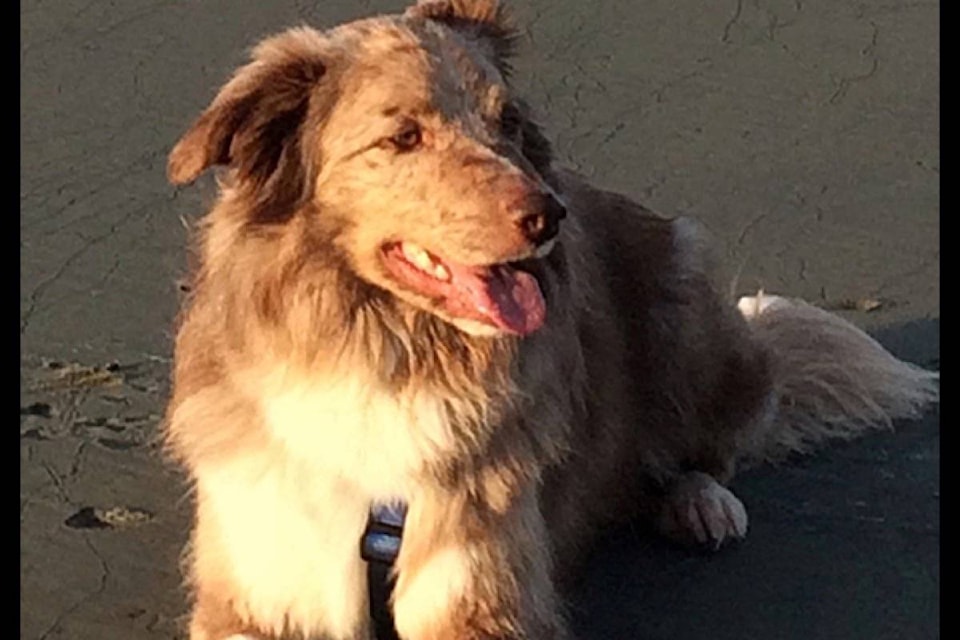Dealing with the excessive nutrient levels in Quamichan Lake will take many years of dedicated effort, according to scientists studying the problem.
Dr. David Preikshot, a research biologist with Fisheries and Oceans Canada who is working as a consultant with the Quamichan Lake Water Quality Task Force, recently provided water-test results that indicate the nutrient levels in the lake “were orders of magnitude higher than a healthy lake”.
RELATED STORY: NORTH COWICHAN FORMS TASK FORCE
In a report to council, David Conway, the Municipality of North Cowichan’s director of engineering, concluded that management of the issue will take years to understand and to formulate strategies to deal with it.
He reminded council that the health of lakes like Quamichan Lake is mostly a provincial responsibility, not local governments.
Conway said that any mitigation strategies carried out by North Cowichan would require a considerable expenditure of municipal funds.
“Burnaby, for example, spent $20 million over 10 years in Burnaby Lake and has not resolved its algae issues,” he said
Conway said, at this point, staff are working with a budget of $25,000 that has been committed, and $50,000 in 2018, to consider point sources of pollution to the lake.
He said the developers of the nearby Kingsview development have also committed to contributing to a fund on the basis of up to $500 for each lot created for local water-quality initiatives.
But with the province ultimately responsible for the health of lakes in B.C., Conway said the view of staff is that the role of the municipality is to simply advocate for assurances that Quamichan Lake is safe for its intended uses.
“Island Health has the expertise and presumably resources to properly assess lake health and any necessary actions associated with lake use,” he said
Conway said that Island Health, for example, has confirmed that the lake should remain “signed” in the way it is, including the advisory at Art Mann Park recommending against swimming or wading.
“Island Health has stated that as long as the water is not ingested, there’s a very low risk of health to humans,” he said.
“They also recommend rinsing off if coming in contact with the water.”
There had been at least four reported dog deaths around Quamichan Lake in 2016, and all are suspected to be caused by ingesting toxic blue-green algae from the lake.
RELATED STORY: DOG DIES AFTER INGESTING ALGAE
North Cowichan decided at the time to set up the task force, consisting of staff and council members, along with water specialists, to study and seek solutions to the ongoing health issues related to the algae.
As expected, the task force concluded the nutrients that are causing the algae outbreak in the lake are coming from a number of sources, including urban runoff, and runoff from nearby agricultural lands, construction areas and logging sites.
Conway said staff expect to bring another report to council on the ongoing research by the task force and others on the algae problem in Quamichan Lake in the spring of 2019.
“The report will summarize the findings and suggest a capital and ongoing budget should council pursue a clean up,” he said.
robert.barron@cowichanvalleycitizen.com
Like us on Facebook and follow us on Twitter
